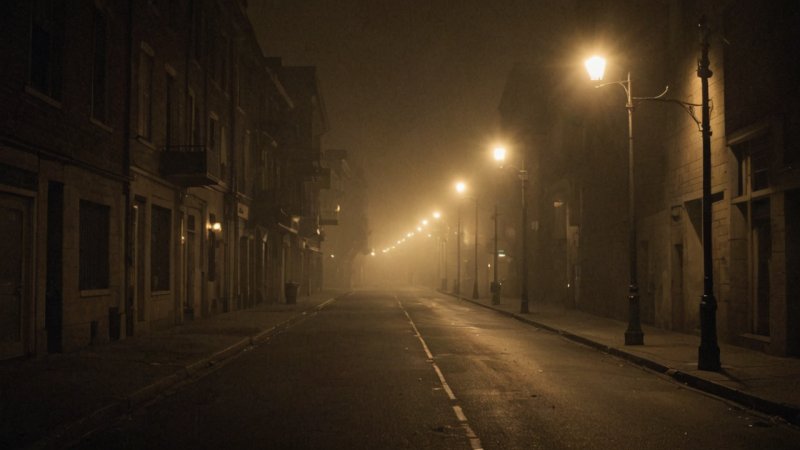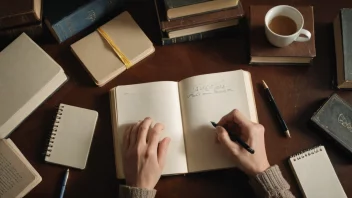Introduction
In the realm of mystery and thriller writing, the setting plays a pivotal role in shaping the mood and atmosphere of the narrative. Whether it’s a foggy Victorian London, a desolate desert town, or a cozy small village, the backdrop influences not only the plot but also the reader's emotional response. In this article, you will learn how to effectively use setting to enhance the mood in your mystery or thriller stories.
Step 1: Choose the Right Location
Choosing the right location is crucial in establishing the mood. Different settings evoke different emotions.
- Urban Environments: Often associated with anonymity and chaos, cities can create tension and urgency.
- Rural Areas: Can evoke feelings of isolation or serenity, which can turn sinister in a thriller.
- Historical Settings: Add an element of nostalgia and can also introduce unique societal constraints that heighten suspense.
Step 2: Use Descriptive Language
The way you describe the setting can greatly influence the mood. Use sensory details to bring the environment to life.
- Visual Details: Describe colors, shapes, and sizes. A dark, crumbling mansion creates a different mood than a bright, modern apartment.
- Sound: Incorporate sounds that enhance the atmosphere. The creaking of floorboards or distant sirens can heighten tension.
- Smell: Scents can trigger memories and emotions. A musty smell in a basement can evoke dread.
Step 3: Create Atmosphere with Weather
The weather can act as a character in itself, influencing the mood and actions of your characters.
- Rain: Often associated with sadness or mystery, rain can create an emotionally charged atmosphere.
- Fog: Creates uncertainty and can obscure visibility, heightening suspense.
- Storms: They can symbolize chaos and emotional turmoil, making them perfect for climactic scenes.
Step 4: Incorporate Local Culture
Integrating the local culture into your setting can add depth and authenticity, enhancing the mood of your story.
- Traditions: Local customs can create tension or comfort, impacting character interactions.
- Architecture: The style of buildings can reflect societal values, influencing the plot and emotional landscape.
- Community Dynamics: The relationships among locals can create a rich backdrop for conflict and resolution.
Step 5: Establish Time Period
The time period of your setting can greatly influence the mood and themes of your story.
- Historical Context: Different eras come with varying social norms and technologies that can either complicate or simplify the narrative.
- Modern vs. Classic: A contemporary setting may have fast-paced elements, while a classic setting may allow for a slower, more reflective mood.
- Seasons: The time of year can affect mood; winter can be bleak and isolating, while spring can evoke renewal and hope.
Step 6: Use Setting to Reflect Characters’ Emotions
Finally, the setting can mirror the emotional states of your characters, enhancing the reader's experience.
- Character’s Inner Conflict: A character facing turmoil might be surrounded by a chaotic environment.
- Transformation: As a character evolves, the setting can change to reflect their journey.
- Symbolism: Use elements of the setting to symbolize a character's struggles or triumphs.
Conclusion
In conclusion, the setting is a powerful tool in mystery and thriller writing that can significantly impact the mood of your story. By carefully selecting locations, using descriptive language, incorporating weather, embracing local culture, establishing the time period, and reflecting characters’ emotions through the setting, you can create an engaging and immersive experience for your readers. Remember, the right setting not only enhances the narrative but also deepens the emotional resonance of your story.






